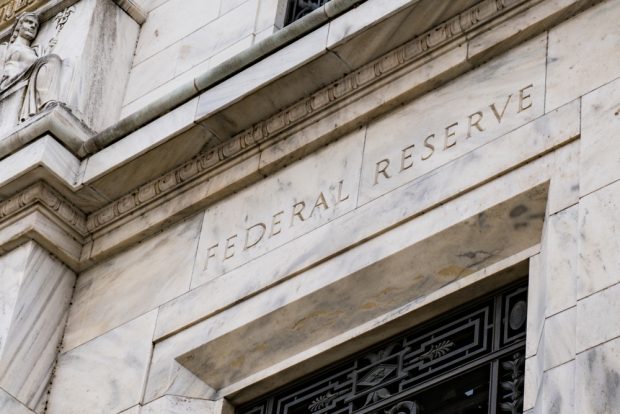 Federal Reserve Building in Washington, D.C.
Federal Reserve Building in Washington, D.C.
Credit/Shutterstock
In the toolkits of economists, jobs reports have a reputation of being one of their most highly accurate rear-view mirrors.
And Friday's Goldilocks report of weaker-than-expected, but still-strong job gains in June showed the Fed's series of rate hikes had yet to alter the glide path of the economy from a soft landing.
Recommended For You
Economists said the report should give the Fed slightly more reason to stop raising rates, which have slowed lending and driven up borrowing costs for credit unions and banks this year.
The U.S. Bureau of Labor Statistics on Friday reported that the nation gained 187,000 non-farm jobs in July after seasonal adjustments. Revisions shaved about 25,000 jobs from previously reported gains for May and June. The new numbers showed gains of 281,000 in May and 185,000 in June.
CUNA Senior Economist Dawit Kebede said the revisions showed employers added about 218,000 jobs per month over the past three months.
"This is robust job growth but cooler than previously reported," Kebede said. "Slower job growth is good news for the Federal Reserve looking for a better balance in labor demand and supply in the fight to bring inflation down."
 Dawit Kebede
Dawit Kebede However, the report also showed average hourly earnings rose 0.4% from June to July, or an annual rate of 4.8%.
"Although wage growth had been moderating from its peak levels, it is still higher than the normal 3.5% growth rate consistent with a 2% inflation target," Kebede said. "Wage growth is still hot, but it is expected to cool down as hiring slows."
NAFCU Economist Noah Yosif said the report showed the economy the labor market is losing momentum at a healthy pace: The unemployment rate trended down to 3.5%, new job openings increased at a modestly slower pace, and average hourly earnings remained unchanged.
"While headline numbers were below-consensus, the July jobs report affirms a cooldown, rather than collapse, in the labor market against rising interest rates and tightening economic conditions," Yosif said.
 Noah Yosif
Noah Yosif "These trends offer further support for the possibility of a soft landing, which will require the Fed to synchronize its timing on monetary policy with the pace of deceleration in the labor market," he said.
Joel Kan, deputy chief economist at the Mortgage Bankers Association, the jobs report and others are giving conflicting signals about the strength of the economy with nearly seven weeks to go before the Federal Open Market Committee meets again Sept. 19-20 to decide on rates.
Indicators of manufacturing and service sector health remain lackluster. Also, the jobs report shows a narrower band of sectors are adding jobs. "Historically, downward trends in this metric have been consistent with recessions or weakening economic growth," Kan said.
 Joel Kan
Joel Kan On the bright side, Kan said measures of inflation have moved lower, GDP growth in the second quarter was stronger than expected and consumer spending remains resilient.
"Job growth is weakening, and wage growth is holding steady, but both are still above the pace that would be consistent with the Federal Reserve's inflation target," Kan said. "However, we expect that the FOMC will hold the federal funds target at its current level given the declining trend in inflation."
© Touchpoint Markets, All Rights Reserved. Request academic re-use from www.copyright.com. All other uses, submit a request to [email protected]. For more inforrmation visit Asset & Logo Licensing.







